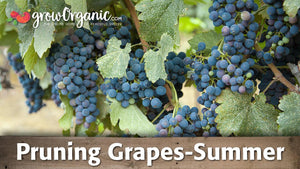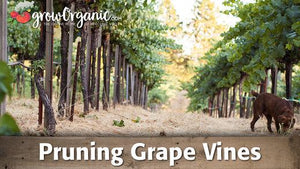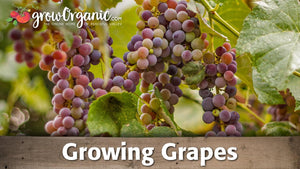Item Number: FV090
Table Grape Vine - Niagara (Seedless)
A classic choice for fresh eating, jelly-making, and juice production.
Mix-and-match for free shipping when purchasing 6 or more perennial berries, vines, or crowns!
Niagara Seedless grape vines are a favorite among gardeners and growers for their large, juicy, greenish-white berries and balanced sweet-tangy flavor. Known for their versatility, Niagara grapes are ideal for fresh eating, making jelly, or producing white grape juice. Their robust nature and adaptability to a wide range of climates make them a reliable and rewarding addition to any garden or vineyard.
Bare Root Vine
- Variety: American
- Zones: 5-9
- Pruning: Cane or Spur Prune
- Harvest Season: August - September
- Fruit Description: Large, juicy, greenish-white grapes with a balanced sweet and tangy flavor.
Key Highlights
- The top choice for white grape juice production, fresh eating, and jelly-making.
- Thrives in USDA zones 5-9, tolerating both cool and warm climates.
- Distinctive "foxy" flavor and aroma, characteristic of American grape varieties.
- Easy to grow with options for cane or spur pruning, depending on vine maturity.
Growing Tips
- Site Selection: Choose a sunny location with 6-8 hours of direct sunlight daily. Ensure well-drained soil with a slightly acidic to neutral pH.
- Spacing: Space vines 6-8 feet apart to promote airflow and reduce disease risk.
- Pruning: Cane pruning or spur pruning during dormancy helps manage growth and encourages high-quality fruit production.
Watering and Fertilizing
- Water deeply and consistently during the growing season, reducing slightly as fruit ripens to concentrate sugars.
- Apply a balanced fertilizer in early spring to support healthy growth and fruit development.
Harvest and Enjoyment
- When to Harvest: August to September, when the grapes are sweet, tangy, and fully ripe.
- How to Harvest: Use clean pruning shears to carefully cut clusters without damaging the fruit.
- Versatile Uses: Enjoy fresh, make flavorful jellies, or use in white grape juice and light wines.
Niagara grape vines are a timeless favorite for their versatility and delicious flavor. Whether you’re growing them for fresh eating, homemade juices, or decorative arbors, Niagara grapes provide a bountiful harvest and a delightful addition to any garden. Cultivate your Niagara grapevine today and savor the sweet rewards.
Visit our Berry, Vine & Crowns Characteristics Chart to compare growing characteristics for all our berries, vines, and crowns.
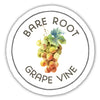


Check Your Zone Compatibility:
Compatible with your zone.
Growing Zone for

Our Guarantee To You
Since 1976, we've served our customers at every stage of growing. Please contact us at any time. We are happy to support and assist you.
Shipping Information
Shipping Information
Cannot ship to the following states: HI , AK , PR , GU , VI , OR , WA , ID
Shipping Weight: 3.3 lb
Dimensions: 26.0"L x 3.0"W x 3.0"H
Features
Features
- Container Compatible
- Heat Tolerant
- Long-Lived
- Open-Pollinated
Characteristics
Characteristics
Planting & Care
Planting & Care
Useful Information
Useful Information
Guarantee
Guarantee
Limited Dormant Tree & Plant Guarantee
* Claim deadline is June 15th
We guarantee that your dormant tree or plant will arrive in good, viable condition. If your tree arrives in substandard condition, notify us within 3 days of delivery. Please email pictures of the box, inside packaging, the tree and its roots to helpdesk@groworganic.com. We will investigate your claim and process a request to exchange or refund the damaged product.
If your dormant tree or plant has not grown new leaves by June 15th, you may be eligible for our Limited Dormant Tree & Plant Guarantee. This guarantee provides for a store credit for the purchase price of the tree, excluding shipping. Please see the Instructions below.
Important Dates:
- April 1st Dormant trees/plants must be planted in the ground
- May 15th Perform scratch test, if no new leaves have grown
- June 15th Deadline to apply for a dormant tree/plant credit
All required documentation must be received by June 15th for your claim to be considered. Claims or documentation received after June 15th will be denied, without exception. Instructions listed below
Terms and Conditions
We cannot guarantee that your tree or plant will remain alive and healthy after it is received, or bear fruit as there are too many variables in your environment that are beyond our control (i.e. soil preparation, weed and pest control, proper irrigation, chill hours, compatible hardiness for your growing zone, proper choice of pollinator, extreme weather, rodent damage, disease, etc.).
We cannot guarantee that we will be able to provide a replacement tree/plant of the same species either that same growing season or in future years. Customers are responsible for all shipping fees associated with replacement trees and plants.
If we determine that the tree you purchased directly from us is not viable, we will issue you a store credit (not a refund) for the purchase price of the affected dormant tree or plant. Shipping is not included in the dormant tree/plant guarantee. Store credits can be used to purchase any product we sell and are valid for use only until July 1st of the following year.
Historically, 98% of our dormant trees and plants grow and thrive when they have been cared for and planted using our growing guides. Dormant trees and plants must be planted in the ground by April 1st in order to be eligible for credit. If the ground in your area is still frozen solid, you may temporarily plant your tree or plant in a pot.
Potted, non-dormant trees or plants are excluded from this guarantee as they are not dormant at the time of shipment. Evergreen trees such as citrus, avocado and olive trees are not available for credit under the Dormant Tree and Plant Guarantee.
Instructions
We guarantee that your dormant fruit tree or plant will leaf out, if you care for it according to our growing guides. In the unlikely event that your dormant tree or plant does not have leaves by May 15th, follow these simple steps to apply for a store credit:
Before you call or email, please perform a “scratch test” to determine if the tree or plant is still alive. This video shows how to check for live tissue under the bark. Scratch tests need to be done a few inches above and below the graft.
Green Cambium Layer / Living Trees
If the cambium layer under the bark is green, give your tree a little more time. It is still alive, but hasn’t come out of dormancy yet. Check to make sure that it is getting the right amount of deep root water, enough sunlight and that the weather is warm enough for that type of tree/plant to come out of dormancy. Every tree has its own personality and will come out of dormancy at different times. Be sure to submit the required documentation listed below by June 15th, if it doesn’t grow leaves.
Brown Cambium Layer / Dead Trees
If the scratch test shows a brown cambium layer or if your dormant tree/plant doesn’t have leaves by June 1st, please email us at helpdesk@groworganic.com. All required documentation listed below must be received by June 15th for your claim to be considered. To be considered for the guarantee claim, all required documentation must be received by June 15th. Incomplete submissions will be denied.
Required Documentation
- Order number
- Name of dormant tree/plant and the quantity affected
- Photos of each tree or plant showing:
- The roots (tree or plant must be pulled out of the ground)
- The scratch test areas
- The entire tree/plant
We reserve the right to not issue credit for items that have already been replaced. We also reserve the right to require photographic evidence that the tree/plant was not killed by root rot, rodent or mechanical damage.
Share
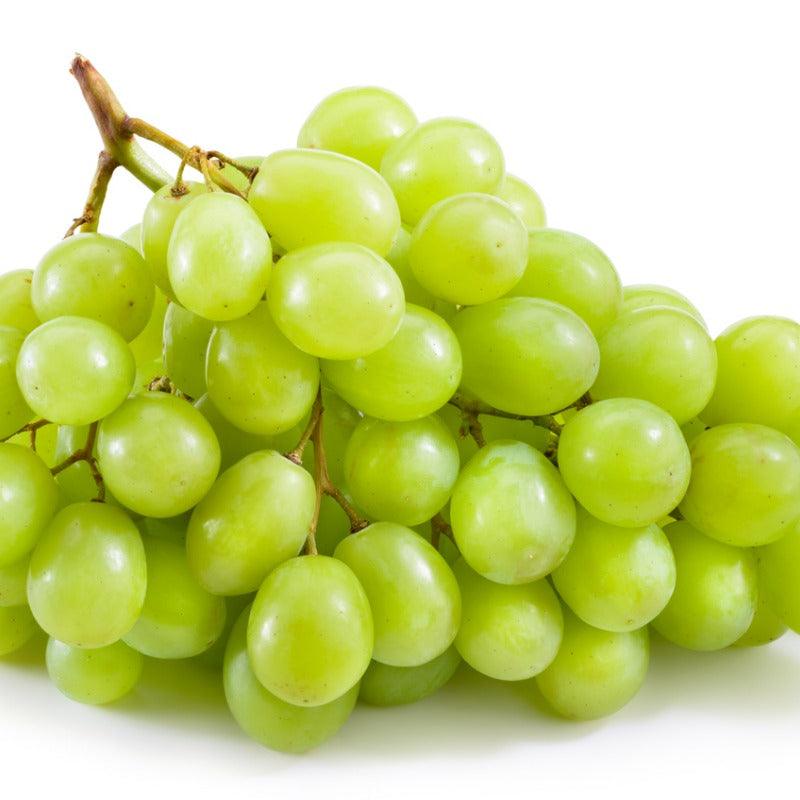
Videos
Articles
-
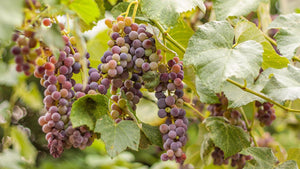 Sun, Jan 07, 2024
Sun, Jan 07, 2024Planting & Growing Grapes
-
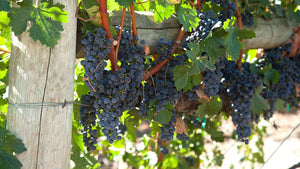 Wed, Mar 12, 2025
Wed, Mar 12, 2025When to Plant Grapes: A Complete Guide to Planting Grapes in Clay Soil and Beyond
-
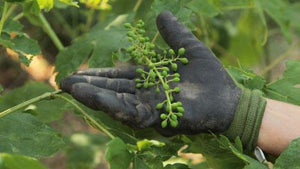 Thu, Jul 03, 2025
Thu, Jul 03, 2025Trim Grapes in Summer With Confidence: Learn How to Trim Grape Vines in Summer and the Secrets to Pruning Grape Vines During Growing Season
-
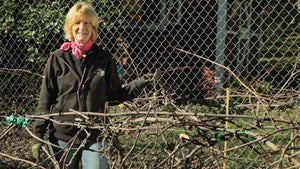 Thu, Feb 06, 2025
Thu, Feb 06, 2025Planting & Pruning Grape Vines



